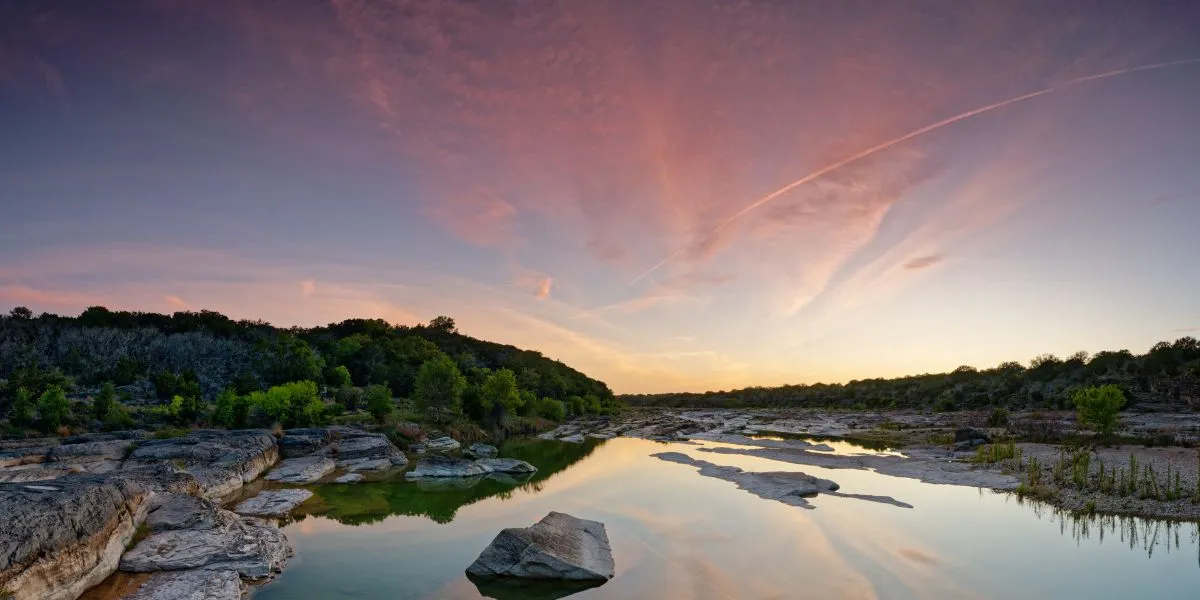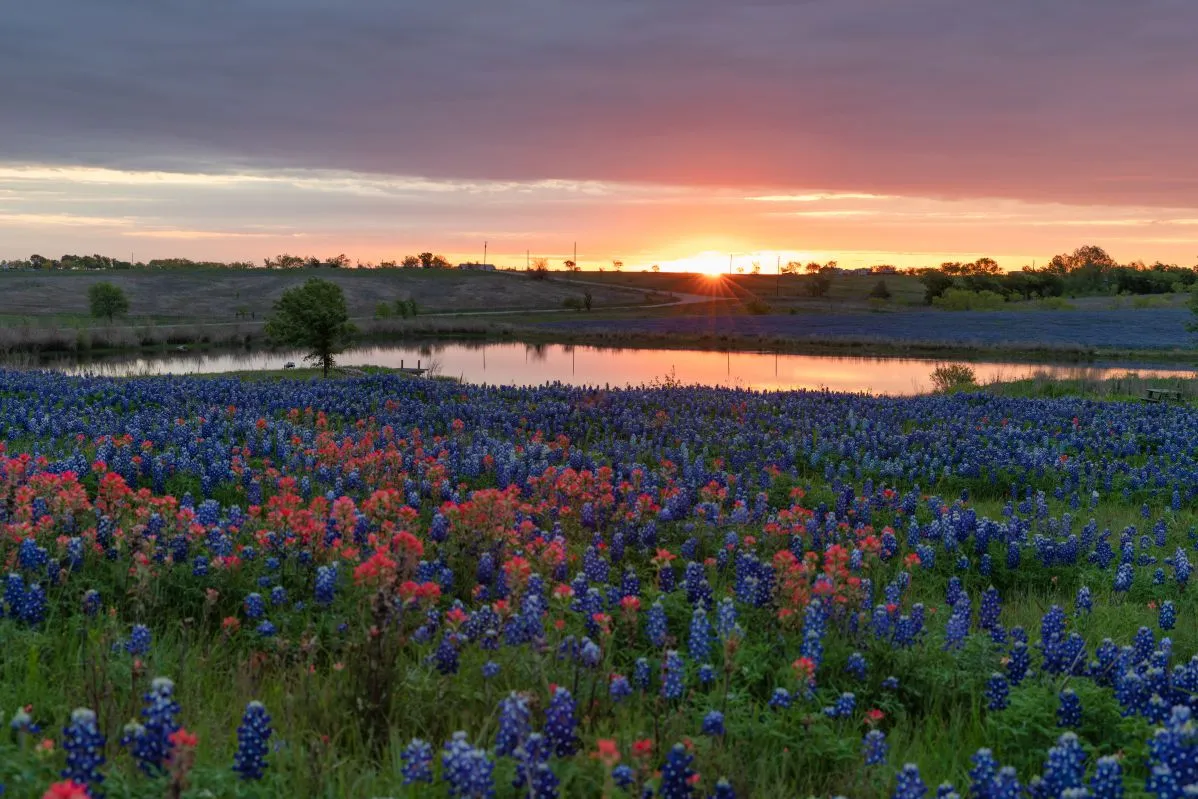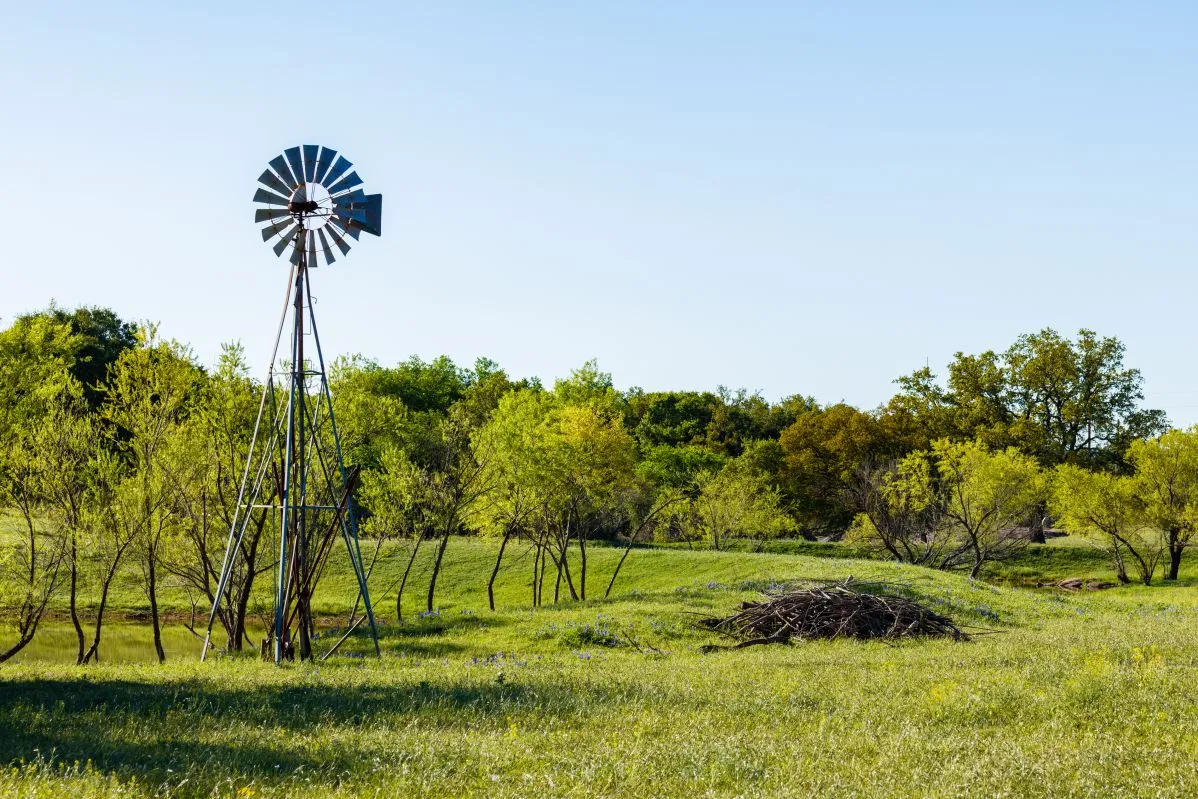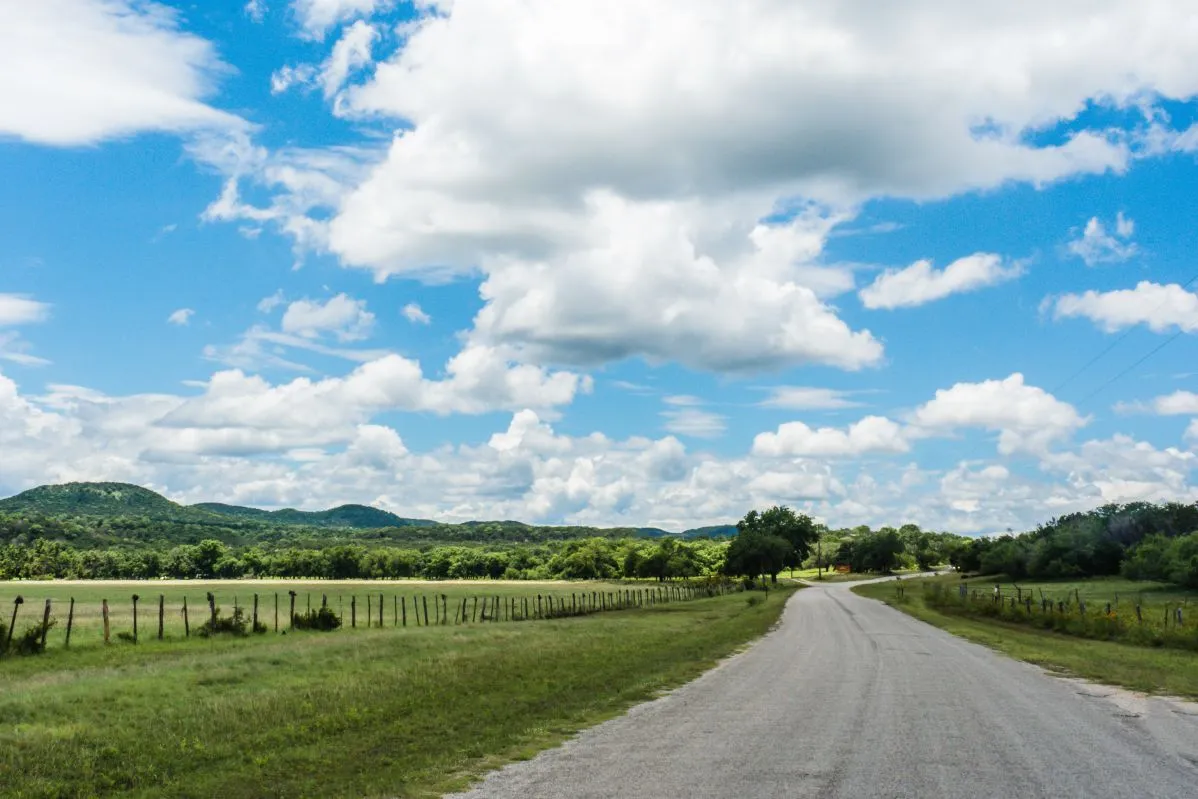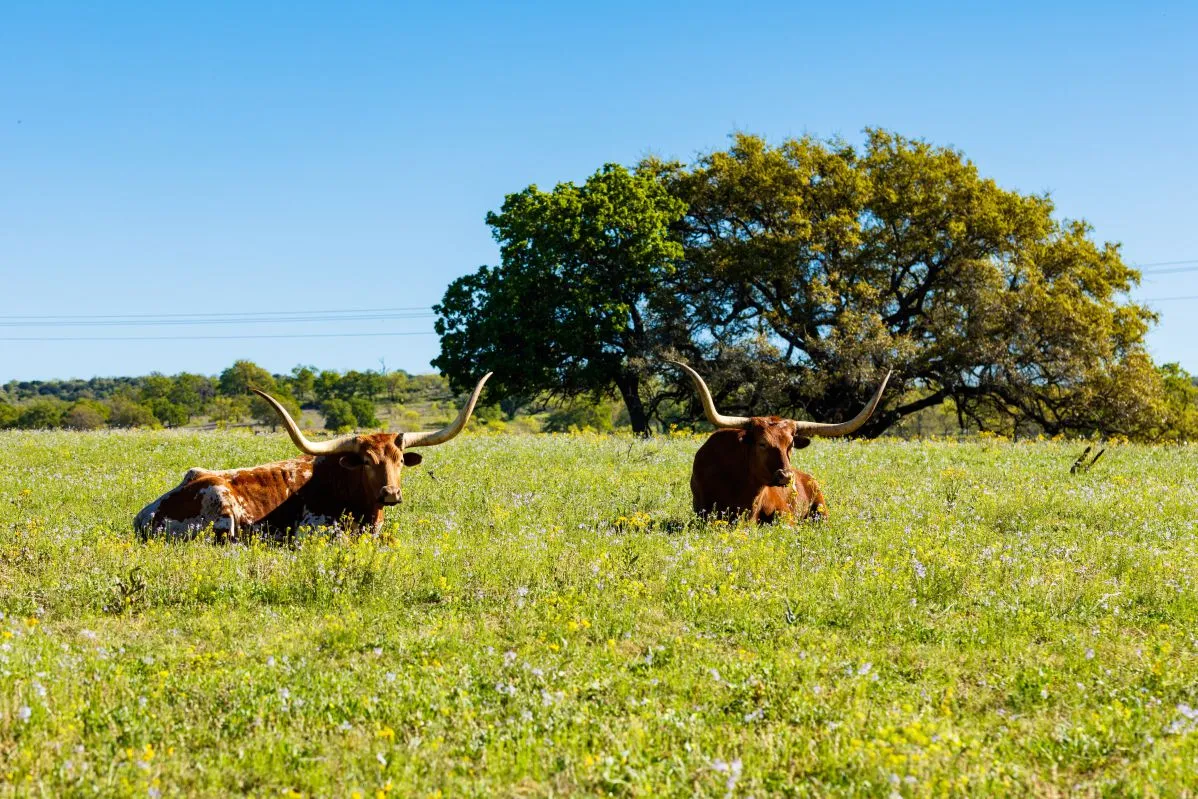Vision
At Heritage Land Group
At Heritage Land Group, our hearts lie in the rejuvenation of the Texas Hill Country. We breathe life back into neglected lands, restoring their natural splendor and ecological vibrancy. We believe each property is a legacy waiting to be written, a canvas for families to build their dreams upon. But our vision stretches beyond picturesque landscapes. We champion sustainable practices like rainwater collection and regenerative farming, nurturing the land for generations to come.
We’re not just selling property; we’re cultivating thriving environments. Here, families can connect with nature, raise healthy food, and leave a positive footprint on the land they call home. Join us in preserving the Hill Country’s soul – its heritage, beauty, and ecological richness. Together, let’s write a story of responsible land stewardship that echoes for years to come.
RAINWATER COLLECTION
The Texas Hill Country faces a significant and growing challenge with the future availability and uncertainty of water, as aquifers reach record lows due to factors such as increased population demand, poor development planning, land and soil mismanagement, and livestock overgrazing. In response, Heritage Land Group is committed to promoting proper water harvesting and conservation strategies to address these issues. We prioritize rainwater harvesting over traditional water wells and collaborate with local experts to implement effective rainwater capture, stormwater diversion, and techniques that enhance water percolation into soils and aquifers. Additionally, we support the adoption of whole-home rainwater systems by offering rebate incentives and advocate for homeowner association guidelines that emphasize the use of rainwater for outdoor landscaping. Through these initiatives, Heritage Land Group aims to ensure the sustainable hydration of the Hill Country’s landscapes, safeguarding this vital resource for generations to come.
REGENERATIVE FARMING
We’re firm believers in regenerative agriculture, a practice that goes beyond simple production. It’s about restoring the land’s natural balance and fostering its inherent potential. One way we achieve this is by embracing regenerative farming practices. This approach focuses on enriching the soil, promoting biodiversity, and mimicking natural ecosystems. It’s a holistic approach that ensures the long-term health of the land, allowing us to raise healthy livestock and cultivate vibrant ecosystems – all while preserving the Texas Hill Country’s iconic beauty for generations to come.
Natural Grass COLLECTION
The Texas Hill Country has been overtaken by non-native grass species that pale in comparison to the native grasses that once thrived in the region. At Heritage Land Group, we are committed to restoring the land’s natural balance by exclusively using Texas-sourced, native grass seeds in our restoration projects. Native grasses offer a range of benefits, from boosting plant and wildlife diversity to enhancing the land’s ability to absorb rainwater and stormwater. These grasses are also more drought-tolerant, requiring less water while providing greater groundcover to prevent soil erosion and reduce the risk of flash flooding. Additionally, native grass restoration plays a critical role in carbon sequestration, helping to mitigate the impact of climate change while restoring the Hill Country’s natural beauty.
Environmentally Focused Land Clearing
In the Texas Hill Country, the overgrowth of Ashe Juniper, commonly known as cedar, has become a significant issue due to excessive land clearing, overgrazing, and poor soil health. These trees thrive in degraded soil conditions, providing much-needed ground cover but further complicating land management. While many developers use bulldozers or “cedar eaters” to clear land, this approach often destroys topsoil, increases erosion, and reduces water absorption. At Heritage Land Group, we take a more environmentally responsible approach by partnering with experts who use hand crews and chainsaws to selectively remove unwanted vegetation. This method minimizes soil disruption, promotes quicker recovery of native grasses, and fosters a healthier landscape.

